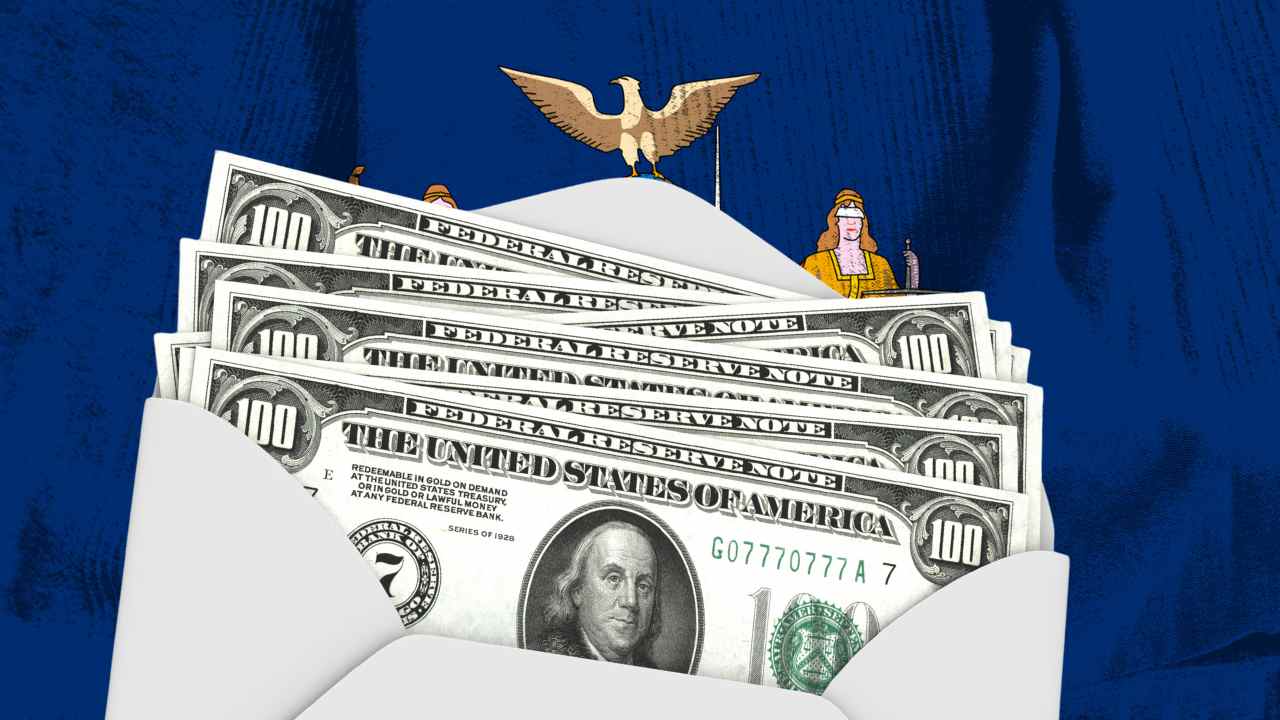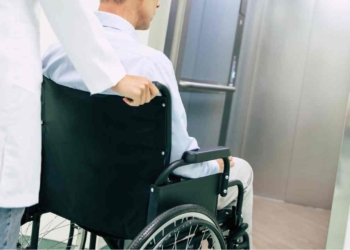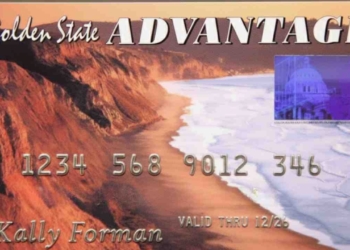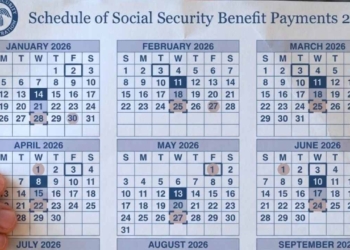By today, thousands of New Yorkers are checking their mailboxes with a mixture of hope and anticipation. The reason? The long-awaited “inflation refund checks,” which can reach up to $400 per household.
This tax refunds initiative, integrated into the state budget for the 2025-2026 cycle, is an effort by the New York government to alleviate the economic burden that families have suffered in recent years due to high inflation.
A direct stimulus check you don’t have to do anything to claim
The stimulus check could cover everything from rising electricity bills to the skyrocketing price of basic groceries. More than 8 million residents are eligible to benefit, and the best part: in the vast majority of cases, no additional application is required.
But let’s go step by step to break down everything you need to know, from the origins to how to make sure your money arrives soon.
Where do these stimulus checks come from and why now?
It all begins with the economic reality that has hit New York, a state where the cost of living was already among the highest in the country before the pandemic. Since 2021, inflation has skyrocketed: food prices have increased by 25%, rent by 15% on average, and fuel for cars and heating have fluctuated wildly.
Middle- and lower-class families have felt the pinch with every weekly purchase. Faced with this, state legislators, both Democrats and Republicans in the Assembly, approved a special clause in the biennial budget in April 2025. This “inflation relief measure” allocates $3.2 billion to distribute direct payments, inspired by the 2020-2021 federal stimulus checks, but adapted to the current crisis.
Sending overpaid money back to New Yorkers
This statewide program is committed to inject money quickly into the local economy to stimulate consumption and reduce inequality. According to estimates by the New York Department of Taxation and Finance (DTF), these funds could generate a multiplier impact of 1.5 times, meaning that every dollar spent in a Brooklyn supermarket or a Buffalo auto repair shop creates more jobs and activity.
And this isn’t just theory: similar programs in California and Oregon have already been shown to reduce delinquency by 12% and increase essential purchases by 20%. For NY Governor Kathy Hochul, who signed the law, this is “a vital bridge to post-pandemic and post-inflation recovery.”
Who qualifies? Simple and transparent requirements
Here’s the exciting part: eligibility is broad and automatic for most. There’s no complicated forms to fill out or waiting in line. Based on 2023 and 2024 tax data, the DTF will automatically identify beneficiaries. Let’s review the key requirements in a clear table to avoid confusion:
| Criterion | Details | Example |
|---|---|---|
| Residency | Have lived in NY for at least 6 months in 2024 and filed state taxes. | A family in Queens paying local rent. |
| Annual Income | Households with gross income ≤ $150,000 (individual) or ≤ $300,000 (family). | Couple with combined salary of $120,000. |
| Number of Dependents | +$100 for each child or dependent under 18. Maximum 4 per household. | Parents with 2 children: base $300 + $200 = $500 (but cap at $400). |
| Exclusions | Does not apply if you received federal subsidy >$10,000 in 2024 or are a non-resident. | Foreigners without ITIN or millionaires. |
| Base Amount | $200 per adult; total up to $400 per household. | Single: $200; family of 4: $400. |
85% of New Yorkers qualify for the inflation refund check
If your household qualifies, congratulations! 85% of New Yorkers qualify, with priority given to those with lower-middle incomes. For the remaining 15%, there’s an online appeal window until December 31, 2025, on the DTF portal (ny.gov/refundcheck). Just upload your tax return and proof of residency; approval is available within 10 days.
Until March 2026, in waves by ZIP code to avoid congestion. By October 15, 2025, 2.1 million checks have already been sent, covering Manhattan, the Bronx, and Staten Island; however, several more rounds of check mailings are still pending.







